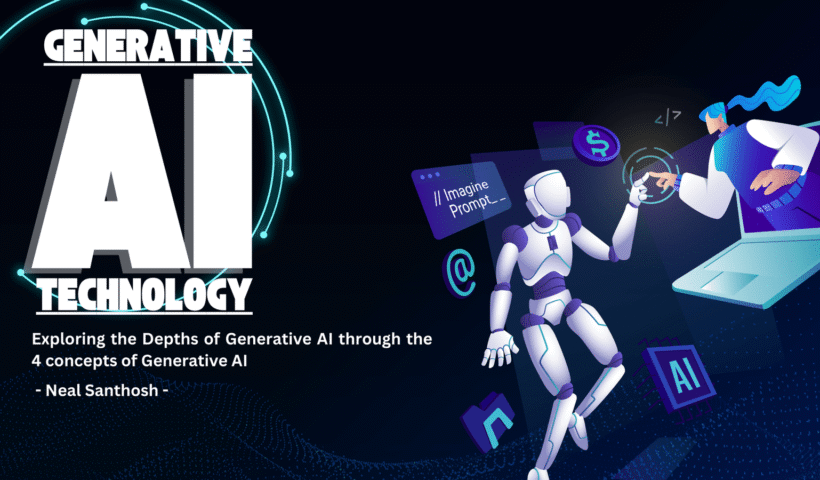Introduction The Evolution of the Web What Is Web 3.0? Real-World Uses of Web3 Why Web3 Matters Challenges and Considerations A Human-Centered Future Introduction The…
View More Web3: Reimagining the Internet for the FutureAuthor: NealAdmin
Open Source Software: Empowering Innovation and Collaboration
Introduction In the digital age, software is the backbone of everything we do—whether it’s browsing the internet, managing finances, or creating art. But behind many…
View More Open Source Software: Empowering Innovation and CollaborationArtificial Intelligence and Its 4 Impact on Our Lives That you should know!
Introduction Artificial intelligence is a milestone in human history that shows how advanced our thoughts and ideas have become. From simple machines that ease our…
View More Artificial Intelligence and Its 4 Impact on Our Lives That you should know!4 Know-Hows of Generative AI
Generative AI is transforming the digital landscape by mimicking human creativity. It can generate text, images, music, and videos, revolutionizing content creation. Explore the three types of generative AI models and their applications in domains like essay writing and image creation. Discover the future of generative AI, with improved realism, interactivity, and integration with other technologies.
View More 4 Know-Hows of Generative AIExploring Java IDE
Hello everyone, my name is Neal and I am delighted to continue the series of articles that delve into the world of Java programming language. In…
View More Exploring Java IDE3 things about Prismic and its Intro
Introduction In today’s digital age, websites have become an inseparable part of our daily routine, providing us with essential information and services. As a result,…
View More 3 things about Prismic and its Intro8 easy points you need to know about Java Ecosystems
Hello everyone, my name is Neal and I am delighted to continue the series of articles that delve into the world of Java programming language. In…
View More 8 easy points you need to know about Java EcosystemsJava 101 : An Introduction
A Brief Intro Hello everyone, I am Neal and I am going to start a line of articles about Java and how to use the…
View More Java 101 : An IntroductionThe 3 W’s of Replit
Hello friends I am gonna write some basics about ‘Replit’ today. it is an IDE I use often to program Python or any other language.…
View More The 3 W’s of ReplitAn Introduction to Prismic
How to make a website? How to make a website easily? How to make a website for beginners? How to make a website for dummies.…
View More An Introduction to Prismic










